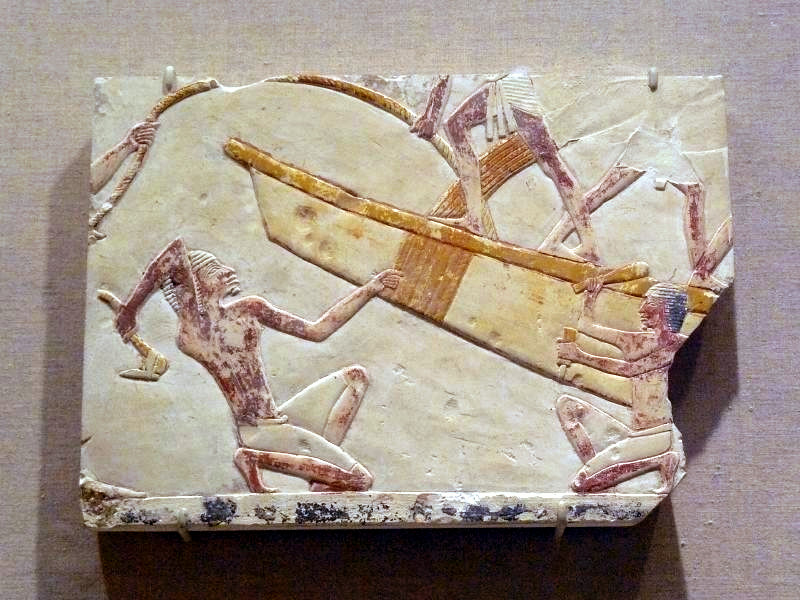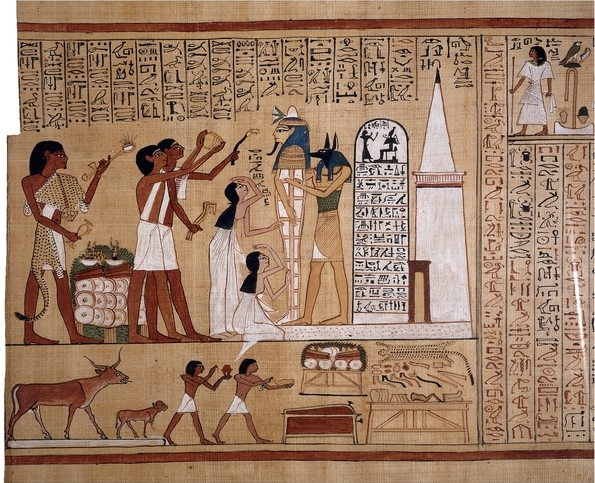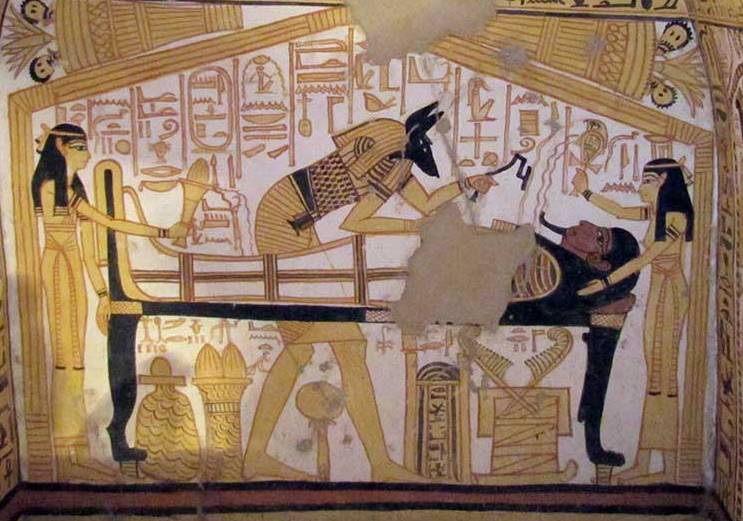Benjamin Banneker was a free African American scientist, surveyor, almanac author and farmer who lived during the late 18th and early 19th centuries. He is best known for being part of the survey team that helped design the layout of Washington, D.C. in 1791.
May 21, 2021 I had an opportunity to visit the former homestead of Benjamin Banneker near Ellicott City, Maryland. Although his original cabin is no longer standing, the site contains a reconstructed version along with museums and memorials that provide insight into this pioneering African American scientist and surveyor. Banneker compiled groundbreaking astronomical data and pioneered sustainable farming techniques ahead of his time. On his tobacco farm near Baltimore, Mary-Land (the root of Maryland as the land of Mary), he practiced innovative techniques like terracing, permaculture and polyculture, presaging modern sustainable agriculture. Banneker shared his expertise by publishing farmer's almanacs blending agriculture, astronomy and weather data to help farmers prosper. His scientific knowledge connected to ancient Egyptian and Kemetic traditions, passed down from his grandfather, who legend says, was an African prince who brought seeds woven into his hair through the passage to America. As a free Black man, Banneker embodied knowledge synthesis, fusing African, native and Western epistemologies. His farm neighbored the Patapsco Valley homeland of the Piscataway people, who welcomed early English settlers to Maryland. Banneker represents the rich but overlooked legacy of indigenous, African and colonial knowledge exchange that shaped America. 1977 Memorial Obelisk dedicated to Benjamin Banneker at Mt Gilboa African Methodist Episcopal Church. Marker is at or near this postal address: 2312 Westchester Avenue, Oella, Maryland, Catonsville MD 21228. Benjamin Banneker's original 100-acre landholding was located in what is now Oella, Maryland. Obelisks could be incorporated into triangulation networks, a technique used by surveyors to determine precise positions of geographic points. By measuring angles between obelisks and other landmarks, surveyors could create accurate maps and charts. Obelisks were often used by ancient civilizations as sundials or shadow clocks. Their tall, slender shape casts a distinct shadow that moves throughout the day, allowing for the measurement of time and the tracking of the Sun's movement across the sky. Astronomers in ancient Egypt and other cultures used obelisks to observe celestial events and mark the passage of time. Some obelisks were constructed with specific celestial alignments in mind. The oldest surviving obelisk in the world is the "Obelisk of Senusret I," also known as the "Senusret I Obelisk." of the 12th Dynasty, around 1950 BCE. Originally erected at the Temple of Amun-Re at Karnak in modern-day Luxor, Egypt.
1977 Memorial Obelisk dedicated to Benjamin Banneker at Mt Gilboa African Methodist Episcopal Church. Marker is at or near this postal address: 2312 Westchester Avenue, Oella, Maryland, Catonsville MD 21228. Benjamin Banneker's original 100-acre landholding was located in what is now Oella, Maryland. Obelisks could be incorporated into triangulation networks, a technique used by surveyors to determine precise positions of geographic points. By measuring angles between obelisks and other landmarks, surveyors could create accurate maps and charts. Obelisks were often used by ancient civilizations as sundials or shadow clocks. Their tall, slender shape casts a distinct shadow that moves throughout the day, allowing for the measurement of time and the tracking of the Sun's movement across the sky. Astronomers in ancient Egypt and other cultures used obelisks to observe celestial events and mark the passage of time. Some obelisks were constructed with specific celestial alignments in mind. The oldest surviving obelisk in the world is the "Obelisk of Senusret I," also known as the "Senusret I Obelisk." of the 12th Dynasty, around 1950 BCE. Originally erected at the Temple of Amun-Re at Karnak in modern-day Luxor, Egypt.

One thing that fascinated me was learning more about Banneker’s relationship with his surveying partner Andrew Ellicott. Most records describe Banneker as his assistant, which isn’t uncommon among inventors who were black or female to have their titles or contribution roles diminished or excluded altogether in records or descriptions. Not only did Banneker and Ellicott share the same library, the two worked closely in the 1790s to map out the boundaries of Washington, D.C. through their joint expertise in astronomy and mathematics.
However, it seems their bond was more than just a working friendship. As I explored the site, I discovered that Banneker had bequeathed his 100-acre property to Ellicott through a deed that gave Ellicott lifetime rights to the property. This arrangement is most commonly seen in real estate wills among married couples sharing ownership through “Rights of Survivorship”.
The personal nature of this gift from Banneker to his surveying partner provides strong evidence of a deep bond and trust between the two men. Banneker was essentially granting the Ellicott family the right to inherit his most valuable asset - his homestead farm.
This context helps underscore just how close Banneker and Ellicott must have been, both professionally and personally. Their relationship went far beyond just coworkers to what was likely a genuine friendship and mutual admiration. Banneker entrusted his legacy and land to Ellicott in a way that demonstrates remarkable respect.
To me, this suggests a deep, almost familial bond between the two men, who relied on each other’s knowledge and teamwork to carry out their historic survey of the capital. The gift of Banneker’s beloved homestead shows the level of trust and affection between them.
What is lesser known is Banneker's extensive knowledge of ancient Egyptian and Kushite astronomy, mathematics and culture, which informed his work on the boundary stones demarcating the federal district.
In ancient Egypt, the goddess Seshat was the deity associated with wisdom, knowledge, writing and measurement. She was often depicted with a seven-pointed crown and a palm stem, which were tools used in surveying and measurements. Seshat was revered as the goddess who established the boundaries of temples, cities and land divisions. The surveyors trade originated with her, according to ancient scholars, and the scrolls on papyrus, she was “Mistress of the House of Books” in which the technology of surveying was taught.

The District of Columbia is said to be the district of those busy doing the work of the goddess. They use the term Columbia. I found it interesting that the town that was Benjamin Banneker's property has an “Old Columbia” Pike. This street name existed before the 1791 naming of the District of Columbia, when the town was Ellicott Mills.
Boundary Stone East was placed near what is now the Capitol Reflecting Pool. It aligned with the constellation Cancer and represented the ideals of domesticity, fertility, motherhood and the home.
Boundary Stone South was erected at Jones Point near Alexandria, Virginia and aligned with the star Sirius. In ancient Egypt, Sirius was associated with the goddess Isis and signified wisdom, magic and the flooding of the Nile.
Finally, Boundary Stone West was placed west of Georgetown and aligned to the constellation Aquarius. This constellation symbolized knowledge, intellect and humanitarian pursuits in ancient astronomy.
Benjamin Banneker made legendary contributions as an astronomer, mathematician, surveyor and visionary scholar during the late 1800s. His work helping survey the boundaries of Washington, D.C. should be viewed not as that of a mere assistant, but as a master class scientist and intellectual making groundbreaking strides.
Banneker was a pioneering scholar who drew on expertise in subjects like astronomy, agriculture and engineering that connected back to ancient African innovation and wisdom. He collaborated with other experts like Andrew Ellicott as an equal, lending his vast knowledge to projects like the D.C. boundary survey.
It is more accurate to view Banneker not as someone's assistant, but as a self-made master scholar whose insights and capabilities matched or exceeded the accomplished men he worked alongside. He synthesized complex bodies of knowledge and applied them through his inventions, writings and scientific advancements. It is up to us to rewrite history without the bias of racism.
In early colonial America Benjamin Banneker was not the sole luminary among Black surveyors. Also during the 1700s there was Pioneer George, of African descent, who showcased remarkable skills in surveying in Virginia and Kentucky. While records may be limited, George's contributions in western Virginia and Kentucky reflect the pivotal role of Black surveyors during this period of American history. Plus others were out there too - Benedict Brown navigated boundaries in Kentucky, Thomas Fuller steered survey methods in Canada, particularly Ontario, Prince Perkins traversed large Kentucky tracts. Don't forget Plato Durham, a surveyor of Kentucky and Indiana, Jefferson Lewis and more black men who determined the lay of the land in Kentucky and beyond. There were several black-white surveying teams including Black Bob, John Donelson and James Robertson (Virginia surveyors) who founded Tennessee/Tanehesy, they first named District of Mero (1788) (originally surveyed to the shape of an obelisk), similar in name to the obelisk bearing land Meroe/Meru/Mr/Moors/Merukh/Ta-merau in along the Nile. Coincidentally, the state flag for the District of Mero and the District of Columbia both bore 3 stars. They had heard from the Natives about the “bend in the river” and went in search of it to stop at Fort Nashville. There was also James Dedhamd, Robert Roberts, Paul Cuffe, James Wormley, Lewis Temple, John Brown, Samuel Coleman, Samuel M Johnson, Henry Boyd, and Richard Robert Wright Sr, to name a few early American black surveyors..
While history books may overlook these mystical pioneer surveyors and their cosmic contributions, we know their resilience and innovations shaped the geography of America’s expansion. In a era of turmoil, these wayfinder brothers were manifesting order from chaos through knowledge of earth and sky. By honoring their questing spirits and cunning minds, we lift the veil on untold stories of brilliance. More to come on this topic in future post, there is so much to say here.





























 .
.









